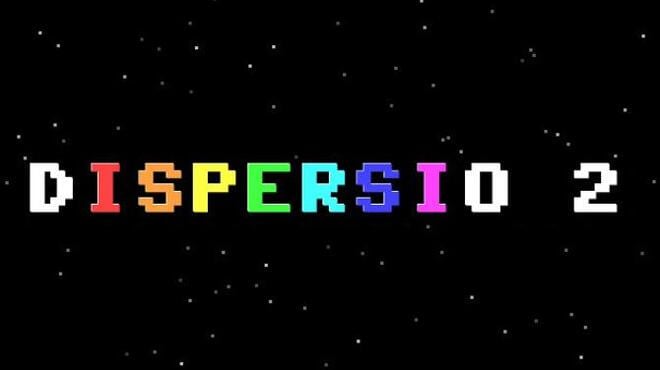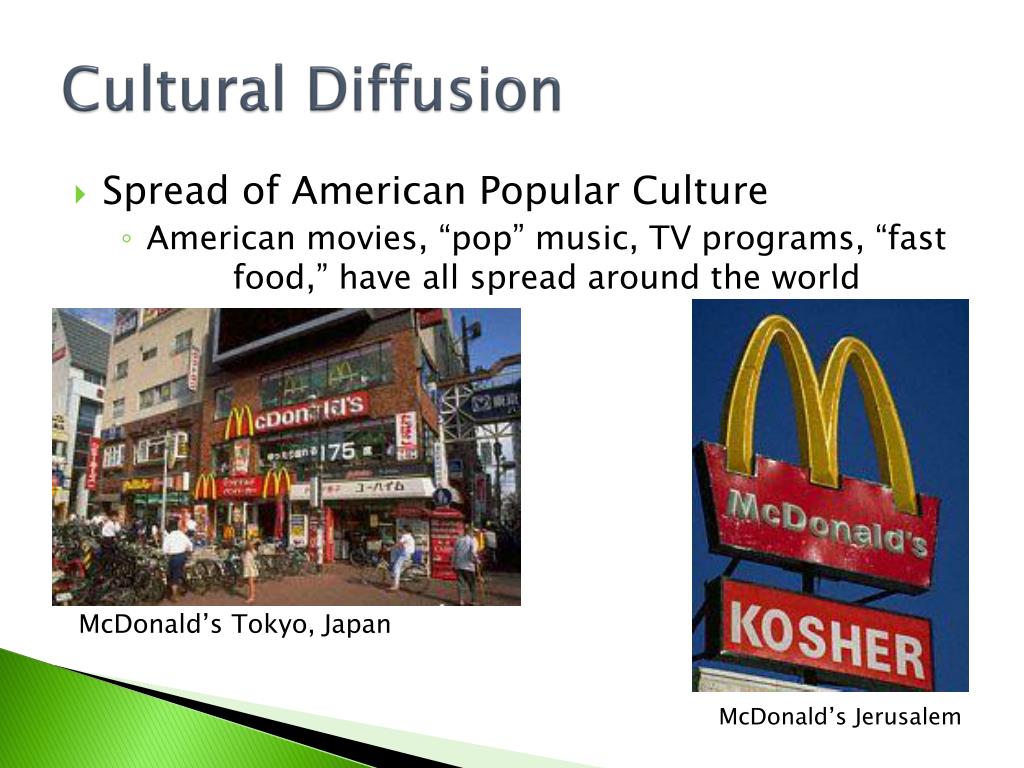
In place of Proto-Indo-European (PIE) we propose a more complex process of linguistic cultural diffusion from a powerful Vedic civilization in India in early ancient times, much like what was later called Sanskritization.Ĭultural diffusion is also often taught in history, social studies, or geography curriculum for middle schoolers and high schoolers. Anthropologists use cultural diffusion to study and explain similarities that may occur in different cultures. This spread (typically by the physical movement of people) makes the cultural aspects less popular or irrelevant in their place of origin, think Puritanism after Puritan settlers left Europe for North America.Ĭultural diffusion is used in academic spheres, for example, among anthropologists, sociologists, and geographers, to discuss the movement of certain aspects of a culture. The last type, relocation diffusion, describes something losing popularity after its spread. For example, yoga in the United States is a form of exercise, but originally in India it was and is considered more a holistic form of meditation. Stimulus diffusion is the spread of something which gets altered in the process. Contagious diffusion is something that rapidly spreads from person to person, like viral videos or memes. Hierarchical diffusion is something that spreads from larger to smaller areas-think cities to rural areas.

The next three types of diffusion can also be included in the large umbrella category of expansion diffusion. Five, to be exact.įirst, expansion diffusion: this describes ideas that develop in a culture of origin, remain strong there, and also spread outward. The act of cultural diffusion, the actual spreading of ideas and practices, can occur in a few different ways. For example, Buddhism spread from its country of origin, India, by way of the Silk Road, to other countries such as Tibet, China, and Japan, where it is still practiced quite frequently today. Thanks to the Silk Road, art, ideas, inventions, and religion diffused amongst various countries and cultures. The Silk Road was a route of land and sea travel that connected China to Japan and Korea, Central Asia and India, as well as Turkey and Italy from about 130 BC to AD 1450 for trading purposes. Put the two elements together and we see that cultural diffusion is the movement of parts of a unique culture in between individuals, locations, and amongst other cultures. Diffusion is used in a lot of different academic fields in addition to anthropology, such as physics, meteorology, and cinematography, all to describe the act of spreading, transmitting, or migrating. Now on to diffusion, or the act of spreading. Culture can be broad, such as Western or Eastern culture, or it can be narrow, such as the company culture of a specific workplace.

It is essentially the shared identity of a group of people, learned through socialization.

OK, what are these ideas, customs, and products, you ask? Well, culture tends to encompass the food people eat, the religion people practice, the language people speak, the music people listen to, the arts people enjoy, and their shared values, morality, traditions, behaviors, etc. Only in the 1800s did culture gain the meaning that is used in the phrase cultural diffusion that is, a distinct way of life of a particular group of people characterized by unique ideas, customs, behaviors, and products. In the 1500s and 1600s it began to be applied to human beings, used in the sense of the cultivation or development of minds or intellectual pursuits.

And starting in the 1400s, culture was used in exactly that sense-in the context of agriculture to refer to the cultivation of land, plants, and animals. It comes from the French word culture, which in turn comes from the Latin cultūra, which means to cultivate. The word culture has a pretty complicated origin story.


 0 kommentar(er)
0 kommentar(er)
